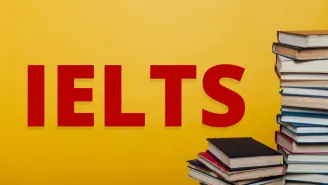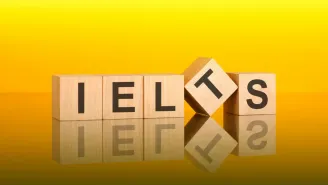What is IELTS Writing Task 1?
IELTS Writing Task 1 is a crucial component of the IELTS exam. The task requires you to analyse and describe visual data or respond to a specific situation in at least 150 words. The IELTS task 1 differs depending on whether you are taking the Academic or General Training version of the test.
- IELTS Academic Writing Task 1: It requires you to describe, summarise, or explain visual information, such as a graph, chart, table, map, process, or diagram. The task typically involves summarising key trends, comparing data, or explaining processes.
- IELTS General Writing Task 1: Here, you are asked to write a letter in response to a given situation. The letter could be formal, semi-formal, or informal, depending on the context. This could include:
- Requesting information
- Making a complaint
- Offering an apology
- Expressing gratitude
Here’s IELTS Writing Task 1 at a glance:
Assessment & Scoring Criteria for IELTS Writing Task 1
IELTS Writing Task 1 is marked based on four key criteria, each contributing 25% to your total score. Below is a breakdown of each criterion:
- Task Achievement: Ensure you answer the question completely by summarising and interpreting the visual data correctly.
- Coherence & Cohesion: Organize your ideas clearly, and use linking words to connect your ideas smoothly so your writing is easy to understand.
- Lexical Resource: Use a variety of words and phrases to describe the data without repeating the same words too often.
- Grammatical Range & Accuracy: Use different sentence structures and maintain correct grammar throughout your writing.
Each of the four criteria is equally weighted and scored out of 9. The average of these four scores determines your overall band score for Writing Task 1.
To achieve a high IELTS Writing band score, you must provide a well-structured response with clear comparisons, precise IELTS writing vocabulary, and accurate grammar. By focusing on each aspect and practising IELTS Writing Task 1 questions regularly, you can improve your performance.
IELTS Academic Writing Task 1: Format
Writing Task 1 Academic in IELTS often presents you with various types of visual data, assessing your ability to interpret and describe visual data, processes, or maps. It requires you to write a report summarising the key information presented in the task.
Let’s explore how to approach these tasks effectively.
List of IELTS Writing Task 1 Categories
Below are the key categories with IELTS Writing Task 1 sample answers for each.
Want to achieve a 7+ band score in IELTS Writing Task 1? Let our Leap Scholar experts guide you to IELTS success with personalised guidance. Join our Free LIVE Masterclass today and start your journey to excellence!








